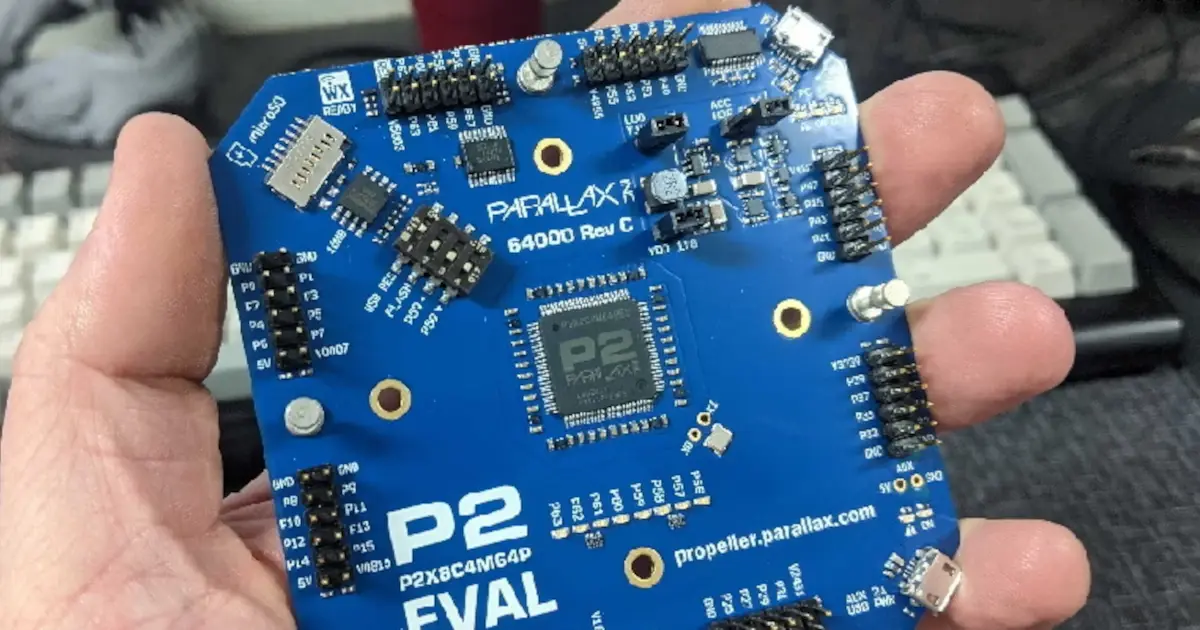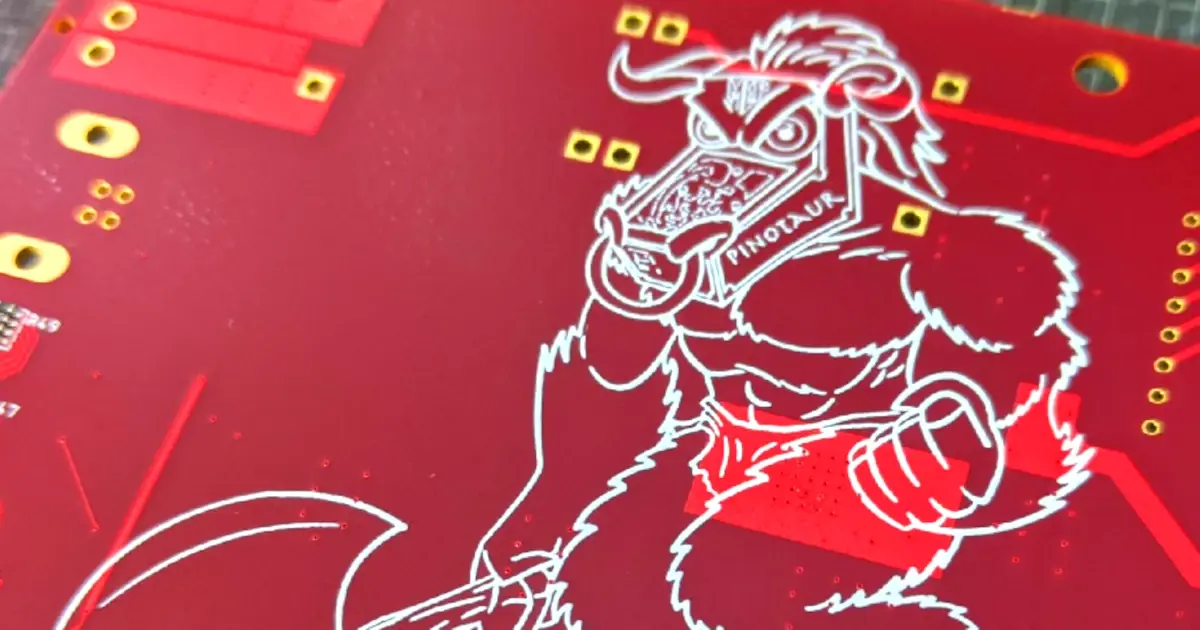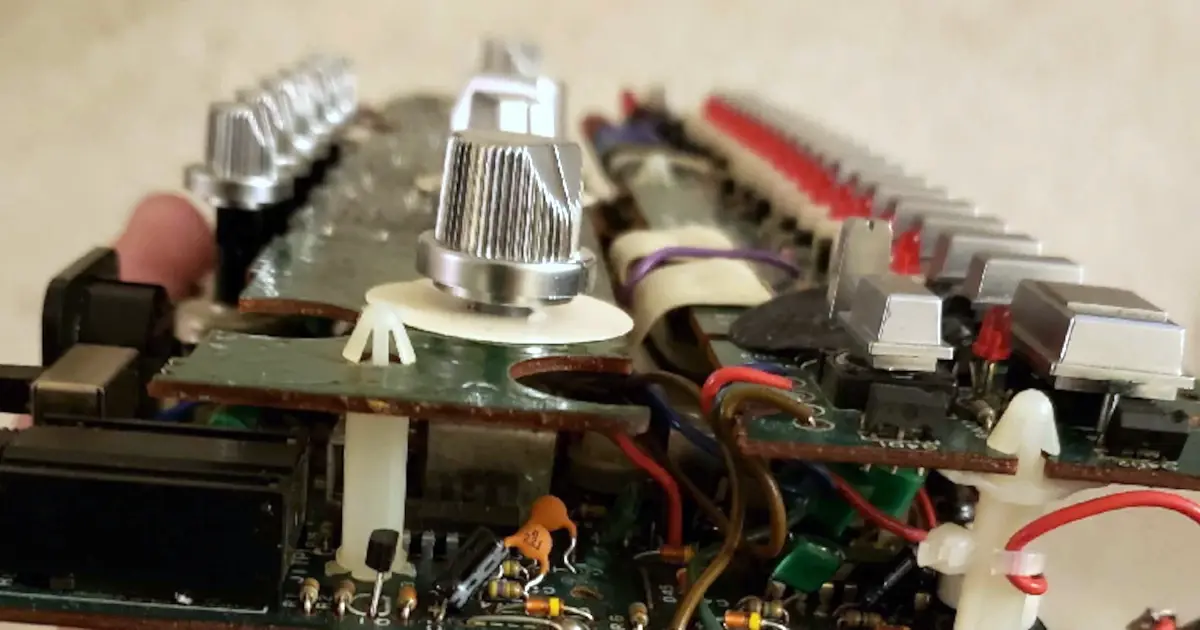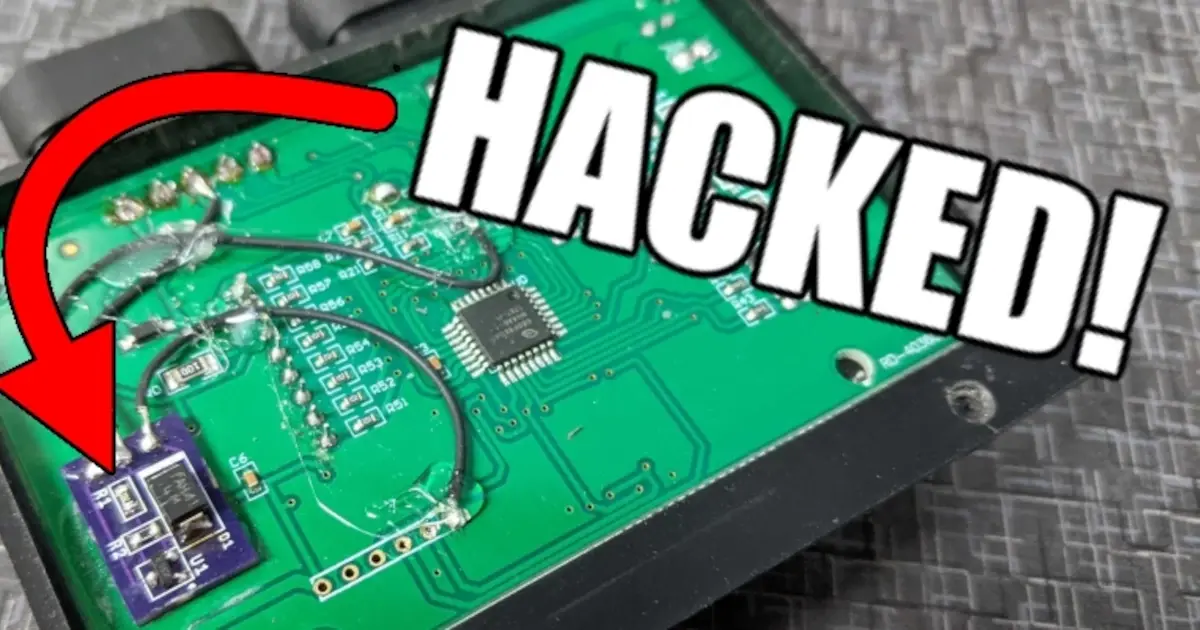Related Topics
HMLV - High Mix Low Volume
We'll discuss the challenges and advantages of HMLV, contrasting it with high volume manufacturing methods used by giants like Apple and Foxconn.
Real Engineering for a Real Engineer
A decade after graduating college, Stephen finally did a differential equation for his job! That is some real engineering I tell you what.
Beating the Heat
The PinoTaur has reached production status but not without supply chain issues..OF COURSE! Bonus discussion about thermal management for PCBA.
Other Resources
Circuit Break Podcast
Webinars
Videos
Tour MacroFab's ITAR-Compliant Facility
December 9, 2020, Episode #254
Parker
- PinoTaur updates REV 4
- Automotive relays are not certified to run at the voltages we need
- G2RL-1A-E-CV DC12
- Max voltage rating is 300VDC
- “Rated” current is 24VDC at 16A
- G2RG-2A-X DC12
- Rated at 500VDC at 10A
- Looking at other relays used for this purpose in production machines… Am I missing something in choosing the correct relay?
- G2RL-1A-E-CV DC12
- RGB Light string split into two
- Power current is the reason
- Automotive relays are not certified to run at the voltages we need
- Foxconn Electronics hit by Ransomware
- $34 million ransomware attack
- Stole 100 GB of unencrypted files, and deleted 20-30 TB of backups.
- Bike rack as an inductor?
- Other normal items that could be seen/used as a electrical components
Stephen
- The FX Dev board returns
- 2 versions of the fx dev board now exist
- ProtoBoard
- Protis 1
- Both look like they ditched my ac power supply for a charge pump design
- Protoboard uses TC1044SCPA
- Charge pump to create a -9V from a +9V
- Not sure what Protis uses but it is likely similar
- FCC was a very big reason why I opted to do this
- Negative Voltage Inverter
- Both opted to not do the integrated soldered breadboard
- This was the reason the FX dev board existed!
- This helped make things very clean
- 2 versions of the fx dev board now exist
- Roz Xmas gift
About the Hosts

Parker Dillmann
Parker is an Electrical Engineer with backgrounds in Embedded System Design and Digital Signal Processing. He got his start in 2005 by hacking Nintendo consoles into portable gaming units. The following year he designed and produced an Atari 2600 video mod to allow the Atari to display a crisp, RF fuzz free picture on newer TVs. Over a thousand Atari video mods where produced by Parker from 2006 to 2011 and the mod is still made by other enthusiasts in the Atari community.
In 2006, Parker enrolled at The University of Texas at Austin as a Petroleum Engineer. After realizing electronics was his passion he switched majors in 2007 to Electrical and Computer Engineering. Following his previous background in making the Atari 2600 video mod, Parker decided to take more board layout classes and circuit design classes. Other areas of study include robotics, microcontroller theory and design, FPGA development with VHDL and Verilog, and image and signal processing with DSPs. In 2010, Parker won a Ti sponsored Launchpad programming and design contest that was held by the IEEE CS chapter at the University. Parker graduated with a BS in Electrical and Computer Engineering in the Spring of 2012.
In the Summer of 2012, Parker was hired on as an Electrical Engineer at Dynamic Perception to design and prototype new electronic products. Here, Parker learned about full product development cycles and honed his board layout skills. Seeing the difficulties in managing operations and FCC/CE compliance testing, Parker thought there had to be a better way for small electronic companies to get their product out in customer's hands.
Parker also runs the blog, longhornengineer.com, where he posts his personal projects, technical guides, and appnotes about board layout design and components.

Stephen Kraig
Stephen Kraig is a component engineer working in the aerospace industry. He has applied his electrical engineering knowledge in a variety of contexts previously, including oil and gas, contract manufacturing, audio electronic repair, and synthesizer design. A graduate of Texas A&M, Stephen has lived his adult life in the Houston, TX, and Denver, CO, areas.
Stephen has never said no to a project. From building guitar amps (starting when he was 17) to designing and building his own CNC table to fine-tuning the mineral composition of the water he uses to brew beer, he thrives on testing, experimentation, and problem-solving. Tune into the podcast to learn more about the wacky stuff Stephen gets up to.
Special thanks to whixr over at Tymkrs for the intro and outro!
Related Podcasts

Electronic Wear Items
Chip and component shortages continue! This week's episode covers Ford and GM automotive supply chain problems and EMMC wear chips for Tesla cars.

HMLV - High Mix Low Volume
We'll discuss the challenges and advantages of HMLV, contrasting it with high volume manufacturing methods used by giants like Apple and Foxconn.

Real Engineering for a Real Engineer
A decade after graduating college, Stephen finally did a differential equation for his job! That is some real engineering I tell you what.

Illuminati Moment
Is there a statue of limitations on open source hardware projects? This week, Stephen and Parker dive into what open source means for both of them.

Kicking Troglodytes Off The Stage
PCB serial numbering? Parker and Stephen cover their thoughts on applying a unique identifier to PCBs in production for inventory and testing control.

Beating the Heat
The PinoTaur has reached production status but not without supply chain issues..OF COURSE! Bonus discussion about thermal management for PCBA.
About MacroFab
MacroFab offers comprehensive manufacturing solutions, from your smallest prototyping orders to your largest production needs. Our factory network locations are strategically located across North America, ensuring that we have the flexibility to provide capacity when and where you need it most.
Experience the future of EMS manufacturing with our state-of-the-art technology platform and cutting-edge digital supply chain solutions. At MacroFab, we ensure that your electronics are produced faster, more efficiently, and with fewer logistic problems than ever before.
Take advantage of AI-enabled sourcing opportunities and employ expert teams who are connected through a user-friendly technology platform. Discover how streamlined electronics manufacturing can benefit your business by contacting us today.